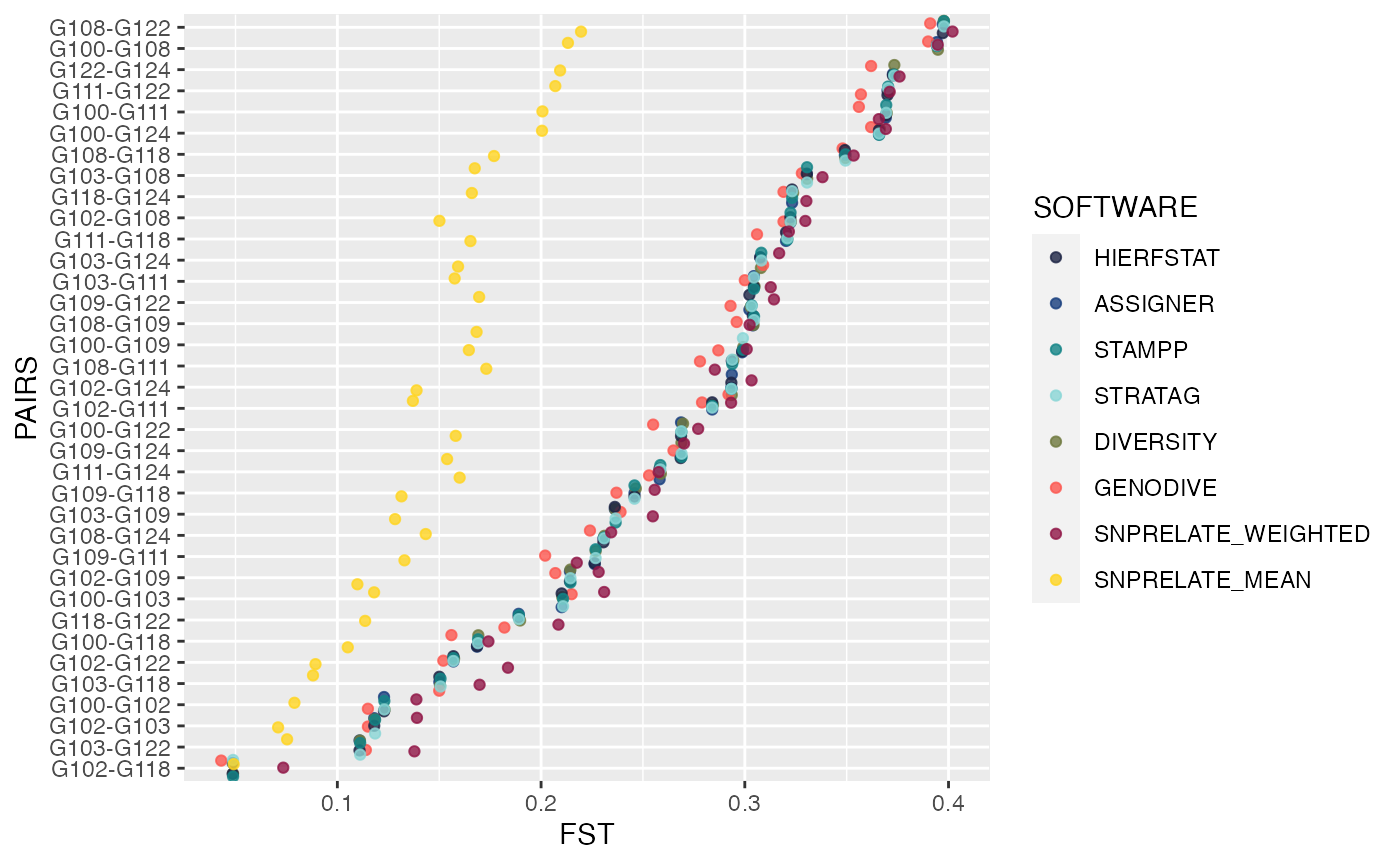
Our study focuses on three breeding ponds of Ambystoma opacum that are in the Maple Flats Sinkhole Pond Complex at the base of the Blue Ridge Mountains in the Shenandoah Valley of Augusta County, Virginia, USA, which is home to approximately 24 ponds ( Figure 1). Comparing indirect and direct estimates of movement can help identify the most biologically plausible movement among geographically isolated wetlands, which is necessary for managing landscape connectivity. mark-recapture) used in the initial assessment of the populations, but whether data support this difference needs to be explored. Notably, habitat costs and associated dispersal routes may differ depending on the type of data (e.g., genetic vs. Recent studies combined direct and indirect estimates of gene flow to help assign relative costs of the habitat features and determine the most biologically plausible dispersal routes. Many studies use observational data and a priori expectations to measure cost, which may be misleading given that a species may not follow anthropologic assumptions of landscape quality.

Least-cost path (LCP) analysis is a spatial technique that can evaluate potential movement trajectories and is a more accurate approach for fitting patterns of genetic structure than Euclidean distance analysis. While migration estimates and dispersal measures can be used to infer the degree of connectivity between populations, spatial analyses provide valuable means of merging the effects of landscape features on the movement of individuals and identify the placement of corridors necessary to promote migration between populations. Accurate interpretations of the migration estimates derived from these different methods are important because they may have profound effects on the final assessment of population connectivity that can be used in conservation management plans. There is a general understanding that indirect and direct methods estimate different characteristics: gene flow estimates allelic movement and CMR measures individuals’ movements. Instead, we use genetic data to infer gene flow as an indirect method of estimating movement (defined as the movement of individuals to breeding ponds that results in reproduction) and compare it to capture-mark-recapture (CMR), a means of directly estimating movement probabilities of individuals among ponds. Here, we do not explicitly measure dispersal, as dispersal is a one-way movement of individuals, with or without the contribution of alleles to the next generation. Migration is often defined as the movement of individuals between a breeding site and non-breeding site. When examining the movement of individuals among populations, distinguishing between gene flow, migration, and dispersal is important. opacum located in eastern North America, in Virginia’s Maple Flats Pond complex.


For this study, we compare the utility of genetic and field methods for estimating movement and identifying dispersal routes within a pond complex of A. Marbled salamanders, Ambystoma opacum (Gravenhorst), are distributed across eastern North America and are listed as threatened or endangered in several states in the United States, often due to habitat destruction or fragmentation. For instance, previous work on ambystomatid salamanders highlights that combining spatial analyses with population genetics can be informative, with a more recent study suggesting that the two methods are congruent. A greater understanding of how amphibians move among breeding ponds and their terrestrial habitats is an informative means to mitigate potential threats, particularly as these animals are often difficult to observe. In particular, studies suggest that these declines are precipitated by the destruction, alteration, and fragmentation of amphibian habitats. Notably, amphibian populations are experiencing a world-wide decline.

In particular, accurately estimating population connectivity of pond-breeding amphibians is necessary for assessing the viability of populations. Determining connectivity between populations helps to identify source-sink dynamics, populations that need special conservation protection, and locations for necessary dispersal corridors.


 0 kommentar(er)
0 kommentar(er)
